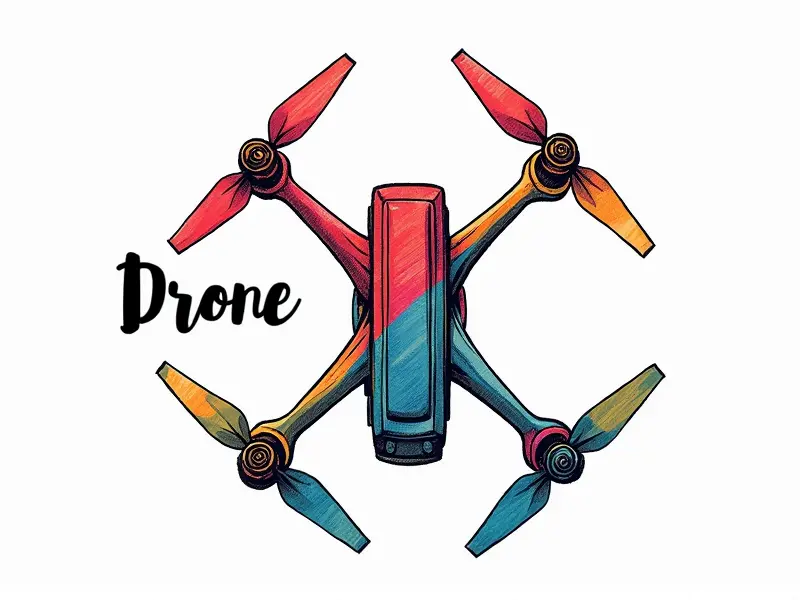How many rotors in quadcopter?

How Many Rotors Does a Quadcopter Have?
A quadcopter, as the name suggests, is an unmanned aerial vehicle (UAV) that features four rotors. This unique design sets it apart from other types of drones and contributes significantly to its stability and maneuverability.
Understanding the Rotor Count in Quadcopters
The term "quadcopter" literally means a drone with four rotors. Each rotor is crucial for providing lift, thrust, and control over the aircraft's movement. The quadcopter design allows for precise control of each rotor independently, enabling complex maneuvers such as hovering, ascending, descending, and turning.
Why Are Quadcopters Called Four-Rotor Drones?
The name "quadcopter" is derived from the Latin word "quadrus," meaning four. This designation clearly indicates that a quadcopter has exactly four rotors. The term helps distinguish it from other multirotor drones, such as tricopters (three rotors) and hexacopters (six rotors).
Exploring Quadcopter Rotor Mechanics
The mechanics of a quadcopter's rotor system are intricate yet efficient. Each rotor is powered by an electric motor that can vary its speed independently, allowing the drone to perform various maneuvers. The interaction between these rotors and their motors enables precise control over flight dynamics.
The Basics of Quadcopter Propeller Count
Each quadcopter has four propellers, typically arranged in a configuration where two counter-rotate clockwise (CW) and the other two counter-rotate counterclockwise (CCW). This setup ensures that the drone can maintain stability during flight.
Benefits of Four-Rotor Design in Drones
The four-rotor design offers several advantages over other multirotor configurations:
- Simplicity and Reliability: With fewer moving parts compared to hexacopters or octocopters, quadcopters are generally simpler in construction and more reliable.
- Cost-Effectiveness: The reduced number of motors and propellers makes quadcopters less expensive to manufacture and maintain.
- Better Maneuverability: Quadcopters can perform complex maneuvers with ease, making them ideal for aerial photography, videography, and other applications requiring precise control.
Inside the Functionality of Quadcopter Rotors
The functionality of quadcopter rotors is based on their ability to generate lift and thrust. By varying the speed of each rotor independently, the drone can achieve different flight modes:
- Lift Generation: All four rotors work together to provide vertical lift.
- Movement Control: Adjusting the speed of individual rotors allows for horizontal movement and turns.
What's So Special About Quadcopter Rotors?
The special nature of quadcopter rotors lies in their ability to work in tandem with each other. The unique arrangement of CW and CCW propellers ensures that the drone can maintain stability even when one rotor fails, although this is not a recommended operational mode.
Why Four? The Case for Quadcopter Rotors
The choice of four rotors in quadcopters offers an optimal balance between simplicity and performance. With two CW and two CCW propellers, the drone can achieve stable flight while being relatively easy to control and maintain.
Understanding the 4-Rotor Design of Quadcopters
The 4-rotor design is fundamental to the quadcopter's functionality. This configuration allows for efficient power distribution and precise control over each rotor, enabling the drone to perform a wide range of tasks with ease.
How Quadcopter Stability Relies on 4 Rotors
The stability of a quadcopter is heavily dependent on its four rotors. By adjusting the speed of each rotor independently, the drone can maintain balance and control during flight. This system ensures that the aircraft remains stable even in windy conditions.
Conclusion
In summary, quadcopters are uniquely designed with exactly four rotors to provide optimal stability, maneuverability, and efficiency. The 4-rotor configuration allows for precise control over each rotor's speed, enabling complex flight maneuvers and ensuring reliable performance in various applications.

